Planning to fly the friendly skies with your furry, four-legged, or feathered companion? Following some common sense tips will help ensure a happy and safe flight for you and your pet.
Before you begin your trip, be sure that your pet is "up" for the journey. This means a visit to the vet for a medical checkup and to ensure that your pet is up-to-date with all necessary vaccinations. Be sure to tell your vet about your plans to travel by air. Your vet can recommend to you whether your pet is medically prepared for this method of travel. However, you must also take into consideration the demeanor and temperament of your pet when determining whether airline travel is a good choice for your little friend. You know your pet best. Once you've got the green light, here are some tips that will help make you and your pet's air travel happy and safe.
- During your pre-trip vet appointment, ask your vet to issue a health certificate for your pet. This typically needs to be dated within ten days of departure. Carry this with you while traveling with your pet, as it may be required at different points throughout your travel.
- Have everything packed early and leave early to allow plenty of time to deal with normal air travel as well as your pet's needs. Keep yourself calm before the flight as pets sense your stress and anxiety.
- Select the right airline approved pet carrier. Carriers are available in both hard-sided and soft-sided. Soft-sided carriers are more suitable for carry-on and tend to fit better under the seat. Follow the manufacturer's recommendations as far as the appropriate size carrier for your pet. The proper size carrier should allow your pet to be able to lie down comfortably, stand up and turn around. Ensure for proper ventilation and comfort.
- Give your pet at least a month before your flight to become familiar with the travel carrier. This will minimize his or her stress during travel.
- Consider booking a non-peak flight, which typically means less passengers and more cabin room. This will help ease potential stress for your pet.
- Use direct flights. Changing planes with your pet may cause undue stress on your pet, particularly if layover time is not adequate for a pet walk and bathroom break.
- Always travel on the same flight as your pet. Ask the airline if you can watch your pet being loaded and unloaded below the cabin.
- When you board the plane, notify the captain and at least one flight attendant that your pet is traveling with you and whether your pet is with you or below the cabin. If the captain knows that pets are on board, he or she may take special precautions.
- Do not ship pug-nosed dogs or cats such as Pekingese, Chow Chows, and Persians in the cargo hold. These breeds have short nasal passages that leave them vulnerable to oxygen deprivation and heat stroke in cargo holds.
- If traveling during the summer or winter months, choose flights that will accommodate the temperature extremes, particularly if your pet is traveling below the cabin.
- Try not to fly with your pet during busy travel times such as holidays and the summer. Your pet is more likely to undergo stress during hectic travel periods.
- Fit your pet with with a collar that can't get caught in carrier doors. Affix two pieces of identification on the collar—a permanent ID with your name and home address and telephone number and a temporary travel ID with the address and telephone number where you or a contact person can be reached.
- Affix a travel label to the carrier with your name, permanent address and telephone number, final destination, and where you or a contact person can be reached as soon as the flight arrives.
- Bring along a current photo of your pet. This will make it easier for others to help you find your pet should your pet get separated from you.
- Make sure that your pet's nails have been clipped to protect against their hooking in the carrier's door, holes, and other crevices.
- Do not give your pet tranquilizers unless they are prescribed by your veterinarian. Make sure your veterinarian understands that the prescription is for air travel.
- Do not feed your pet for four to six hours prior to air travel. Small amounts of water can be given before the trip. If possible, put ice cubes in the water tray attached to the inside of your pet's kennel. A full water bowl will only spill and cause discomfort.
- Carry a leash with you so that you may walk your pet before check-in and after arrival. Do not place the leash inside the kennel or attach it to the outside of the kennel
- When you arrive at your destination, open the carrier as soon as you are in a safe place and examine your pet. If anything seems wrong, take your pet to a veterinarian immediately. Get the results of the examination in writing, including the date and time.

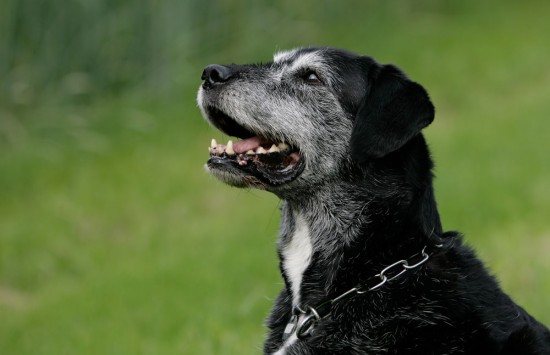 Behavioural Problems And Cognitive Dysfunction In Older Dogs
Behavioural Problems And Cognitive Dysfunction In Older Dogs
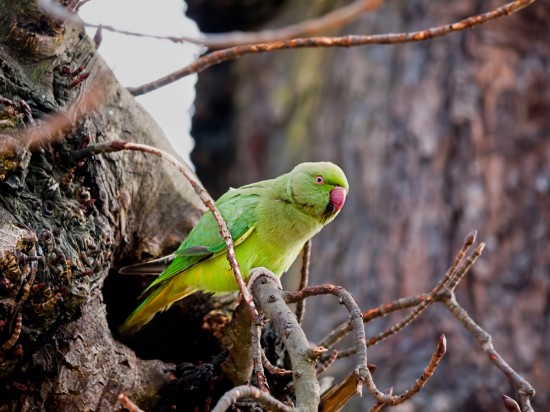 Exotic Birds Living Wild In London - The Feral London Parrots
Exotic Birds Living Wild In London - The Feral London Parrots
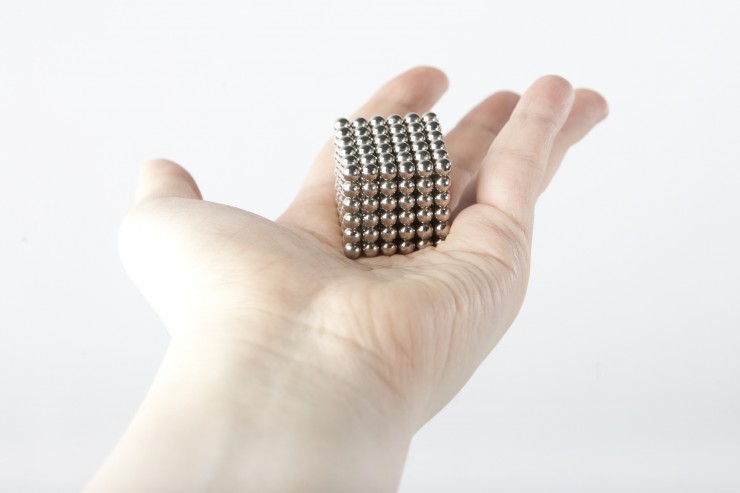 Neodymium Magnets Are A Real Danger To Dogs
Neodymium Magnets Are A Real Danger To Dogs
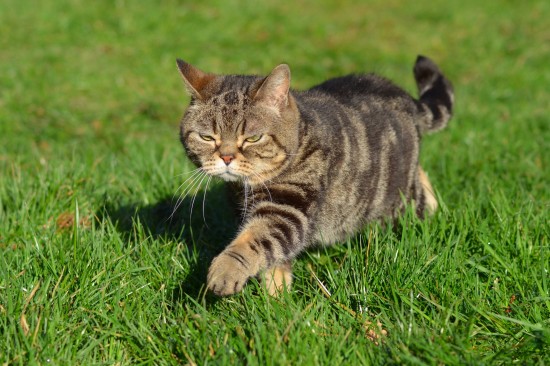 Tabby Cat Colour And Pattern Genetics
Tabby Cat Colour And Pattern Genetics
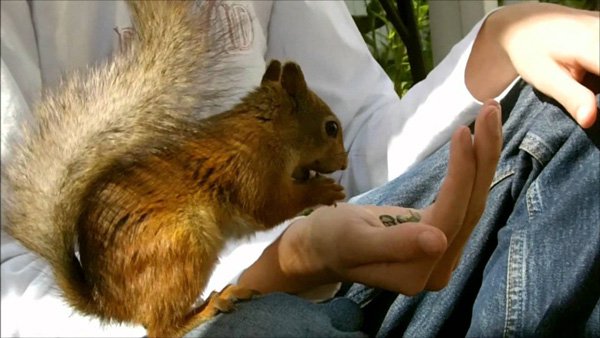 Chicken Runs Provide both Activity and Protection to Your Feathered Pet
Chicken Runs Provide both Activity and Protection to Your Feathered Pet
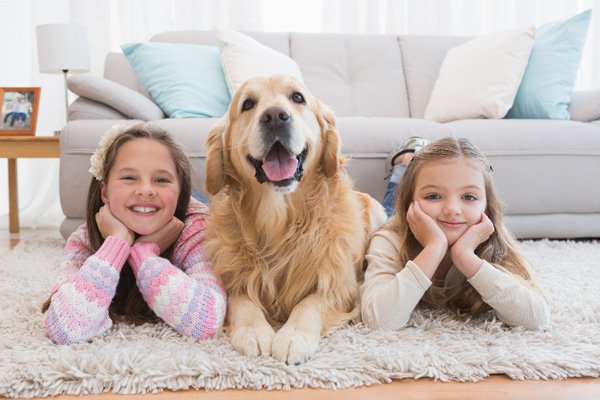 Special Pet-veterinary services available in White Rock Lake
Special Pet-veterinary services available in White Rock Lake